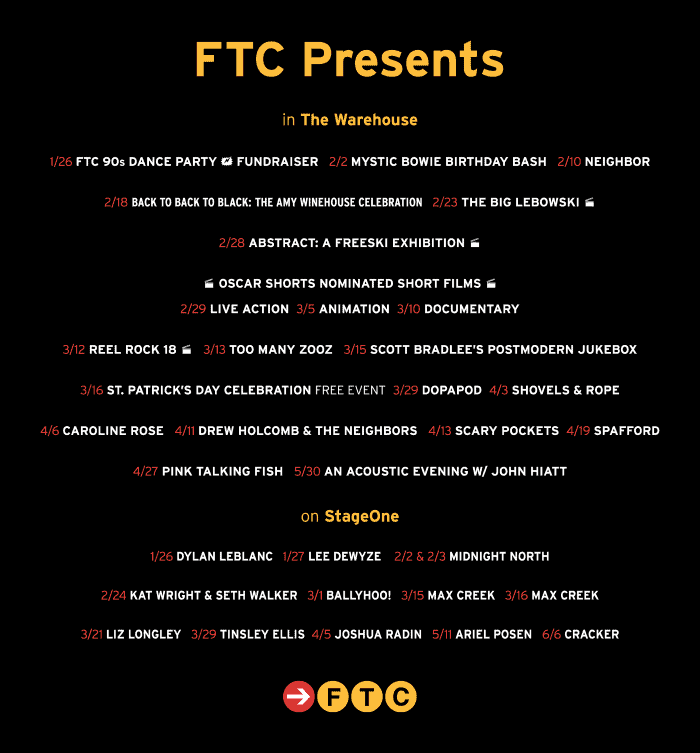They may be wearing face masks and practicing social distancing, but the class of 2020 is ready to head off to college in the fall.
“More than any other high school graduating class that I can remember, this group is ready to go to college and be on campus. No matter what it looks like,” said Terry W. Knaus, executive director of the Higher Education Consultants Association. “They’ve encountered challenges like no other class before them and have missed out on so many of the traditional high school senior experiences. Going off to college is one rite of passage that is still attainable, and they’re ready to experience it.”
Safety first
The potential spread of COVID-19 will still be a major concern this fall, but colleges are working diligently to prepare for the return of students to their
campus, Knaus said. “Their top priority is to make sure they do everything they can to make it the safest environment possible. Families need to do their research, ask lots of questions and determine for themselves if the necessary precautions are in place that will provide a safe campus,” he said.
Have a plan
Some things are out of a school’s control, such as whether there will be a second wave of COVID or how much physical space is available, but other factors
can be managed. “What is in their control is the carefully thought out and intentional plan that will be successful on their specific campus,” Knaus said.
“For instance, a large public university with 50,000 students has a much different challenge than a small liberal arts college with 1,500 students, but they both need to have a very thoughtful and deliberate plan in place that will give their students the safest experience possible. They can still control how physical space is altered and used. They can still control how the academic medium is delivered.”
Not business as usual
“Life as we know it will continue to be different, and college campuses will certainly follow suit. Students will have no choice but to adjust to a new and altered
experience both in and out of the classroom,” Knaus said. Not only will personal and group interactions be different, but campus events will be dramatically
altered and in some cases eliminated, Knaus said. “It will be different, but students are resilient, will adjust and ultimately figure things out,” Knaus said.
Students may see such things as:
• Classroom meetings spread out over additional days of the week to create smaller groups.
• Professors teaching behind a plexiglass shield.
• Grab-and-go meals instead of cafeterias filled with students sharing tables.
• Students and staff may have to enter classroom buildings in one designated door and exit out another.
• Masks being mandatory throughout campus.
Back to learning
Most colleges have the full intention of welcoming their students back to campus in the fall, Knaus said. “There are some that have altered their start date to begin a few weeks earlier or a few weeks later, but all have some type of HyFlex model that offers both virtual and in-person classroom options for students,” Knaus said. Some schools will include an abbreviated semester experience with the elimination of fall breaks and finishing on campus by Thanksgiving, Knaus said. Students will then take their final exams virtually from their homes in December.









